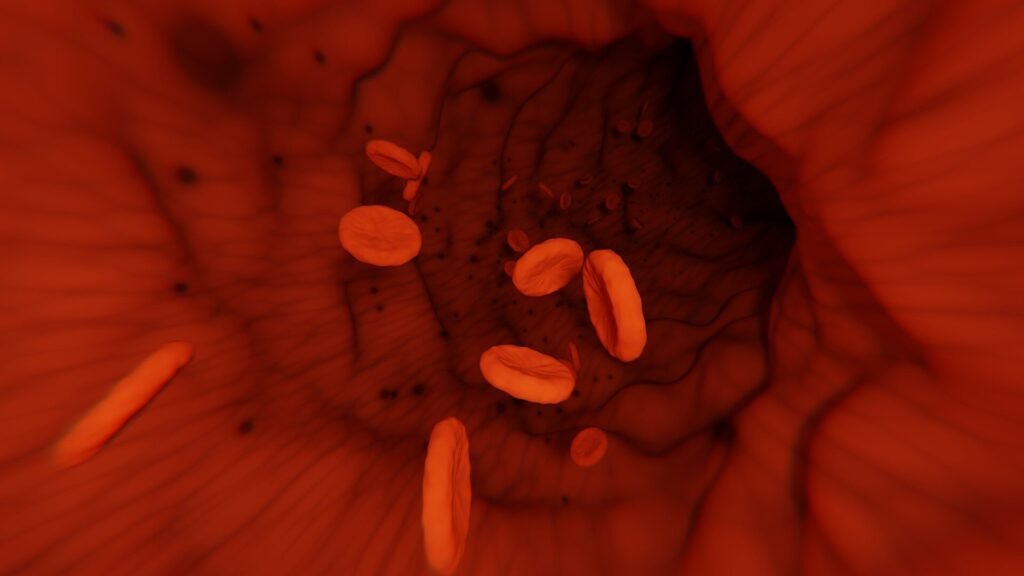Platelets are crucial components of our blood that play a vital role in clotting and wound healing. However, traditional methods of obtaining platelets through donor-derived transfusions have limitations such as short shelf life, supply shortages, and potential complications. In a recent study published in Blood Advances, a research team led by Dr. Si Jing Chen and Professor Koji Eto has made significant strides in the field of platelet production by identifying STAT1 as a key transcriptional regulator that enhances platelet production from induced pluripotent stem (iPS) cells.
Ex vivo platelet production from iPS cells offers a promising solution to overcome the challenges associated with traditional platelet transfusions. The researchers identified LIN28A as a crucial regulator of the let-7-RALB axis, which plays a role in platelet production. By epigenetically controlling LIN28A through STAT1, the team was able to enhance platelet production from iPS cells, addressing issues of cellular heterogeneity and senescence that have hindered consistent manufacturing processes.
Through a series of experiments and analyses, the researchers discovered that STAT1 plays a central role in regulating the LIN28A-let-7-RALB axis and modulating immune signaling and cellular aging. By targeting STAT1 either genetically or pharmacologically, the team was able to increase platelet yield and improve the quality and consistency of iPS cell-derived platelet products. This breakthrough could lead to more efficient and scalable manufacturing systems with applications in transfusion medicine and regenerative therapies.
Pharmacological inhibition of STAT1 phosphorylation using compounds like fludarabine and flavopiridol showed promising results in enhancing platelet yield, particularly under turbulent flow conditions. These findings underscore the importance of STAT1 activity in platelet biogenesis and open up new avenues for optimizing ex vivo platelet production.
In conclusion, the study highlights the critical role of STAT1 in regulating platelet production from iPS cells and offers a novel strategy to improve the manufacturing of platelet products. By targeting STAT1, researchers have the potential to revolutionize the field of platelet production and pave the way for more effective transfusion therapies. This research represents a significant step forward in understanding the mechanisms behind platelet production and opens up exciting possibilities for future advancements in the field.


